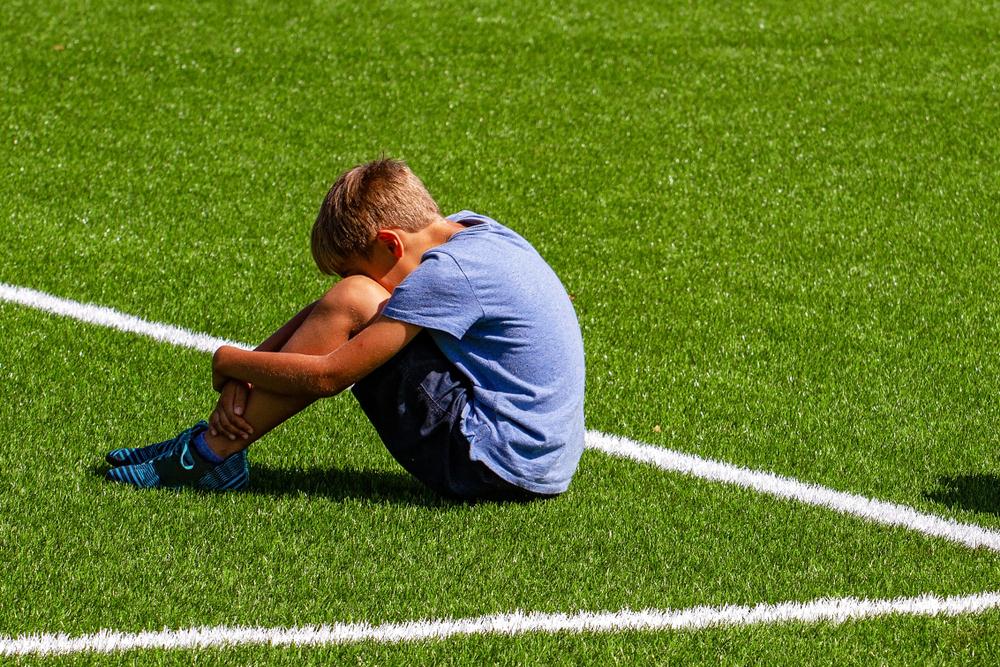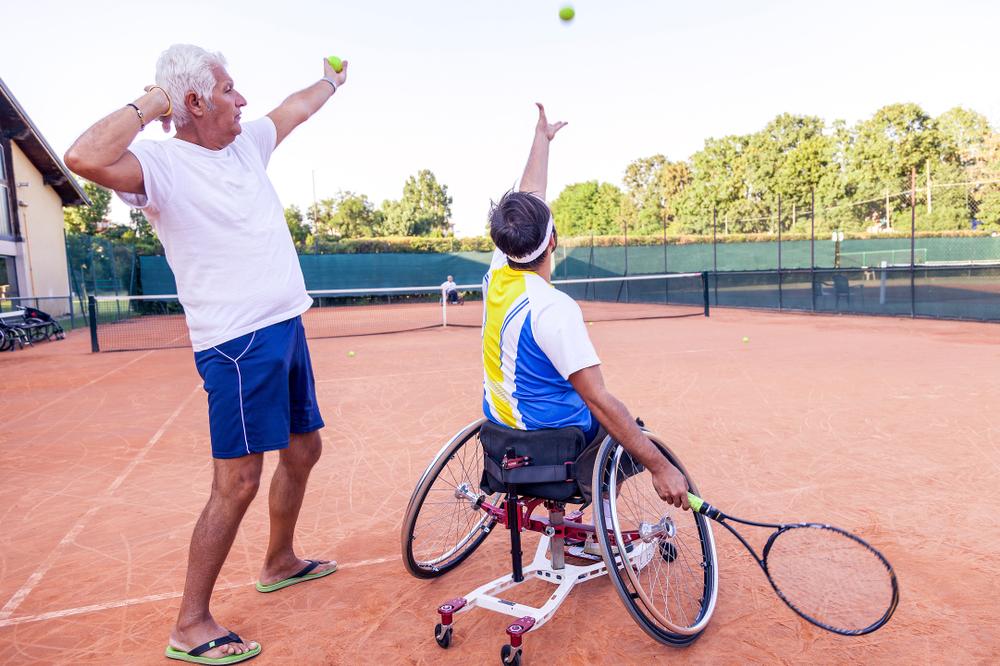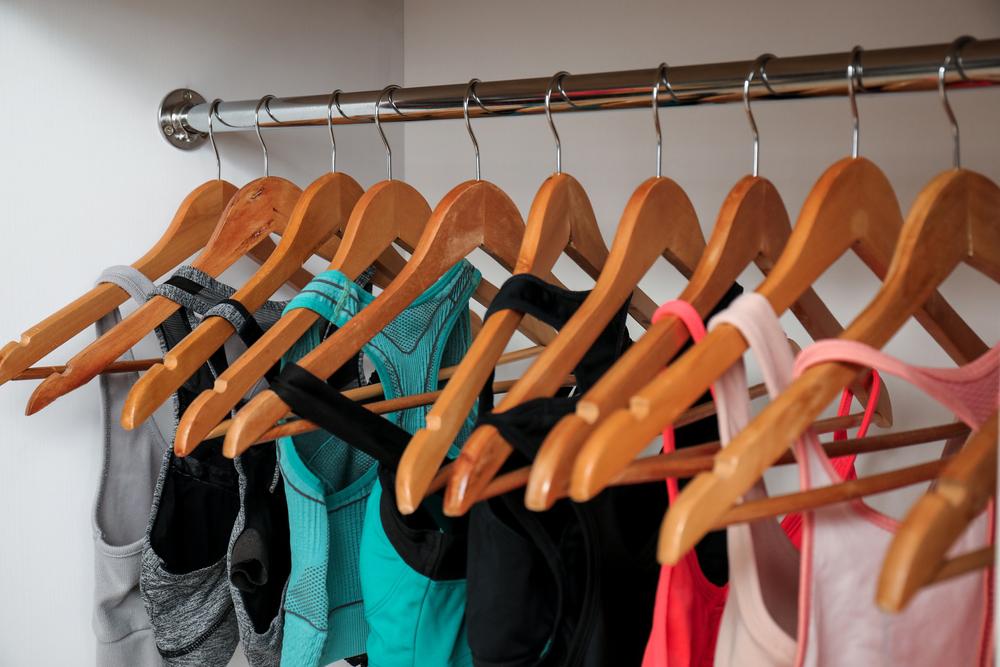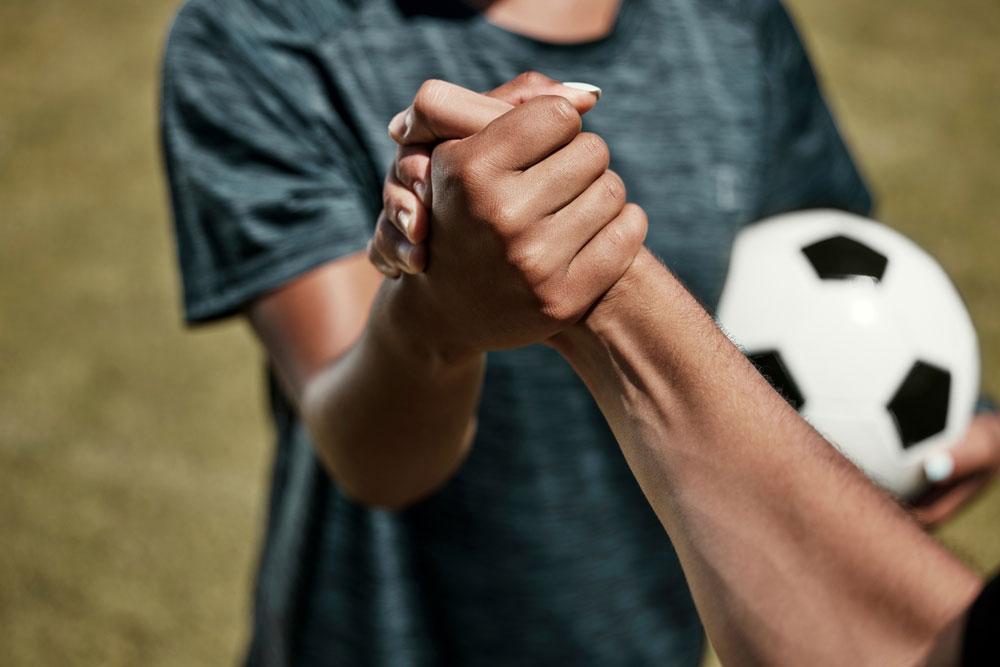 Content Warning: This article contains mentions of bullying and trauma.
Content Warning: This article contains mentions of bullying and trauma.
There’s a not-so-secret epidemic happening on high school and college campuses: hazing. Although the hazing culture is condemned, sadly, it’s common.
In the National Study of Student Hazing, 55 percent of college students involved in clubs, teams, and organizations experience hazing. The same study found that “for many students who step onto a college campus and choose to join a team or organization, hazing is not a new experience.” In fact, 47 percent of the respondents report experiencing at least one hazing behavior in high school.
Unfortunately, the code of silence around hazing in high school athletics isn’t just limited to those on the team, who often view these events as a rite of passage ritual. Sometimes, there are also coaches and school administrators who are guilty of failing to report hazing practices.
As a parent, these incidents and statistics are likely unsettling. But, the more you stay vigilant and educated about the current climate of hazing culture, the better equipped you’ll be to support any athlete who finds themselves in a hazing situation. With that in mind, here’s how you can identify hazing behavior and address hazing if you find it infiltrating your athlete’s sports program.
What is hazing?
According to the NCAA, hazing is any act committed against someone joining or becoming a member or maintaining membership in any organization that is humiliating, intimidating or demeaning, or endangers the health and safety of the person. Hazing includes passive participation in such acts and occurs regardless of the willingness to participate in the activities. Hazing creates an environment/climate in which dignity and respect are absent.
What is the true impact of hazing?
Susie Bruce, director of the University of Virginia’s Gordie Center, which works to end hazing and substance misuse among college and high school students, states, “Hazing is associated with lower team cohesion and can have long-lasting effects, and in some cases, even death. The Gordie Center is named after Lynn “Gordie” Bailey Jr., who died three weeks into his freshman year of college from a hazing-related alcohol overdose. He and 26 other new members were told to drink four handles of whiskey and six bottles of wine in 30 minutes. After he passed out on a couch, no one checked on him until the next morning when it was too late.
More common risks of hazing include physical injuries (which may end a student-athlete’s season), and more hidden psychological harms. Some students may develop symptoms of post-traumatic stress disorder, such as nightmares, depression and feelings of shame.”
What are the warning signs of hazing?
As with many personal topics, athletes may not feel comfortable sharing their concerns about hazing – whether they’re being hazed or are witness to an incident. HazingPrevention.org shares several key signs to look for as they may help you identify whether your athlete is experiencing hazing:
- Withdrawal from their normal activities
- Unexplained injuries or illness
- Unexplained weight loss
- Physical or psychological exhaustion
- Increase in secrecy and unwillingness to share details
- Sudden decrease in communication with friends and family
- Sudden change in behavior or attitude after joining the team
- Wanting to leave the team with no real explanation
What can you do to help prevent hazing?
Everyone can participate in the fight against hazing. Make a serious commitment to educate each other (athletes included), about the dangers of hazing. Work together to send a clear message that hazing will not be tolerated and those who engage in hazing behaviors will be held accountable for their actions.
Bruce recommends, “Coaches, parents, and schools be proactive in consistently communicating to students:
- What hazing is,
- The hidden harms of hazing,
- That hazing is not tolerated,
- Reporting options if students experience hazing,
- The range of individual and team sanctions for hazing, and
- Appropriate ways to build team cohesion such as outdoor excursions, team dinners, and community service. Teams are more likely to haze if healthier methods of group bonding are not readily available.
Bruce continues, “These messages must be delivered in multiple ways (verbally from the coach, from team captains, on posters, message boards, etc.) and continually throughout the year. Each year, a quarter of our school/campus population turns over, so we need to integrate hazing prevention into all of our programs.”
“To truly create culture change, students must help lead conversations about hazing and how to create positive team-building activities. A top-down approach is not effective and may lead more secretive hazing practices. Providing students with bystander intervention training (such as the national Step UP! program) empowers students to intervene effectively when they witness hazing behaviors or when questionable activities are planned by their team,” adds Bruce.
As a parent, you can:
1. Model respect
Be the example for your athlete and ensure that your behavior is consistent with the behavior you expect from your athlete.
2. Stay informed
Keep yourself and others involved in the sports community informed about anti-hazing policies set by the team and school. Work with coaches to make sure information on hazing gets distributed in pre-season meetings.
3. Use teachable moments
The subject of hazing may come naturally as your athlete progresses through sports. Stay engaged in the ongoing conversation and develop some key messages about hazing to share with your athlete.
4. Respond to behaviors that concern you
If you see behaviors that cause concern, you should share your concern with your athlete. As a voice of support and encouragement in and outside of sports, you can send important messages that positively impact your athlete and their team.
5. Get involved with welcoming new players to the team
Help encourage the development of positive team traditions by proactively welcoming a new athlete (and their family) to the team. This will strengthen the bond on the team and on the sidelines.
_____
Changing a culture or a mindset is a challenge, but when the stakes are high and your athlete’s health and wellbeing are at risk, it’s imperative that those involved in sports remain proactive in the fight to end hazing culture.
If you find that your athlete is the victim of hazing or has witnessed an incident, contact the team coach, school administrator, or the organization’s advisor to have an official, confidential discussion about the situation.



